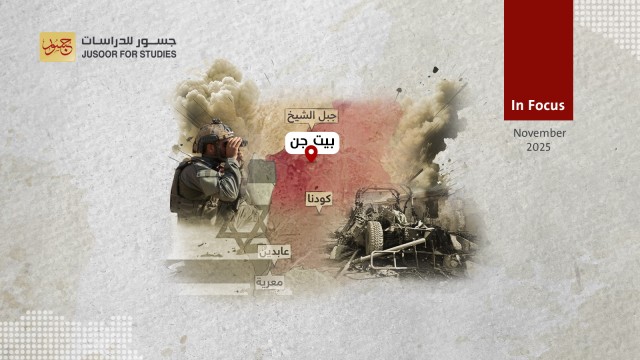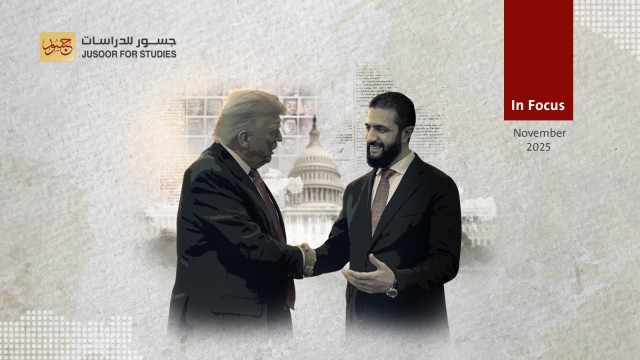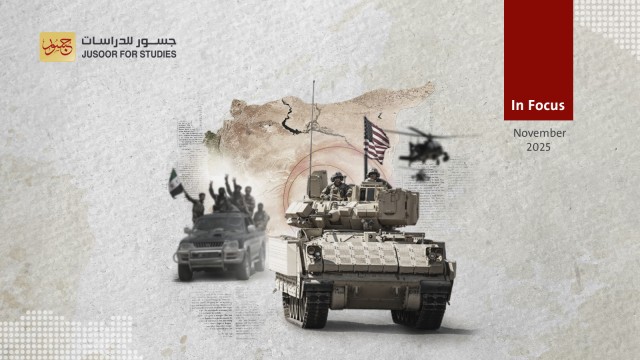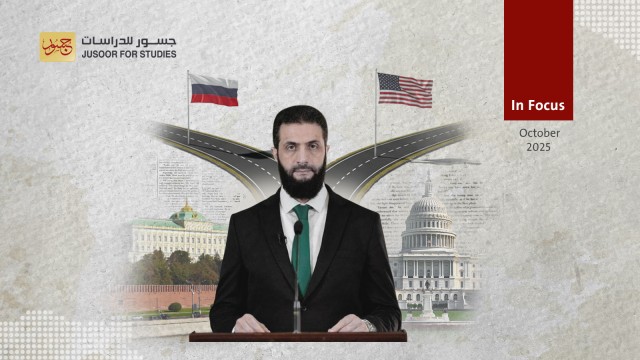New tasks for the US-Led International Coalition in Syria after targeting Iranian sites in Deir Ez-Zor
On the morning of Wednesday, March 8, 2023, one of the headquarters of the Iranian militias in the Al-Hamidiyah neighborhood in the city of Deir Ezzor was bombed by the US-led International Coalition drones. The target site is a major narcotics manufacturing and production facility; as it contains raw materials and tablet presses for captagon pills production.
This strike came a few days after the US Joint Chiefs of Staff, General Mark Milley visited the northeastern area of Syria and US Secretary of Defense, Lloyd Austin flew to Jordan; as Amman officially asked Austin to help fight the growing "drug war" on the "Jordanian-Syrian" border.
Since the beginning of 2022, the Iranian militias have increasingly relied on the city of Deir ez-Zor as a center for collecting, manufacturing and promoting narcotics for the local and foreign markets. Under this reality, the Iranian-affiliated militias work on spreading narcotics within the SDF-controlled areas and transporting other quantities across the desert areas to installations and facilities for packaging and storage in southern Syria to ship them towards Jordan, the GCC states, and others.
In fact, the US strike that targeted an Iranian militia site in Deir ez-Zor, which led to the killing and wounding several Iranian-affiliate militiamen, indicates a number of points, most notably:
- Having the US military activity increased within Syria under new missions that include combating drugs, not just combating terrorism; given that the United States issued the Anti-Captagon Act at the end of 2022. As such, the US troops deploying in Syria became able to target the activities of the Iranian-affiliated militias, after the strikes were previously not based on any legal basis.
- Enabling the United States to officially dispatch its military officials to the region and convey a warning message that it is fully prepared to use military force after the retreat in the political and diplomatic track.
- That there is a strategy or policy to undermine the activities of the Iranian militias in Syria, especially since the strike came after carrying out a military operation launched by the Coalition with the Syrian Democratic Forces (SDF) across the Iraqi borders and aimed at controlling the borders. This came when the Jaish Syria Al-Hurra /Free Syria’s Army on March 6, announced the seizure of a shipment of drugs in the Al-Tanf region, that it was heading to Jordan and the Arab Gulf states.
It is not excluded that the United States would support or coordinate with the local groups in southern Syria, namely Daraa and As-Suwayda, to pursue and nullify the manufacture, promotion and export of drugs in areas where Iranian militias are deployed, similar to the support and coordination it provided to them in the fight against terrorism, especially since these groups are active for this purpose. For example, in early February, unknown persons targeted a headquarters used by Iranian-backed militias to manufacture Captagon in the town of Kharab al-Shahem, west of Daraa, which disrupted work there.
All in all, it seems that the US-led International Coalition along with its local partners and with an Arab and Israeli consensus has begun a new phase, aiming at undermining the activities of Iranian militias in Syria by targeting drug transport factories, facilities and routes in Syria, which would also include many stores, warehouses and vehicles for transporting weapons and ammunition, especially since many sites are used jointly for drugs and weapons.








